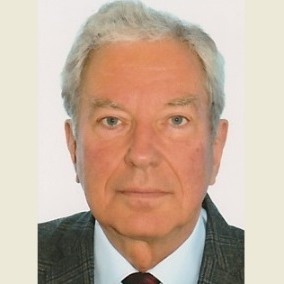Megacities: Air Quality Impacts from Local to Global Scales
A special issue of Atmosphere (ISSN 2073-4433). This special issue belongs to the section "Air Quality".
Deadline for manuscript submissions: closed (20 November 2020) | Viewed by 13939
Special Issue Editor
Interests: air quality; air pollutants; measurement techniques; meteorological influences; atmospheric data analyses
Special Issues, Collections and Topics in MDPI journals
Special Issue Information
Dear colleagues,
More and more people are living in urban areas, and especially in megacities. Consequently, under current emission conditions, air quality becomes more and more of a factor for living conditions. Air quality is characterized by interrelations with climate change due to anthropogenic emissions and meteorological influences upon air quality. Research topics are the processes between air quality and heat islands as well as haze and weather pattern. New methodologies for air quality monitoring and air quality forecast are required. Finally, information about air pollutant emissions and air quality must be improved for citizen and stakeholders and health protection measures must be proposed.
Prof. Dr. Klaus SchäferGuest Editor
Manuscript Submission Information
Manuscripts should be submitted online at www.mdpi.com by registering and logging in to this website. Once you are registered, click here to go to the submission form. Manuscripts can be submitted until the deadline. All submissions that pass pre-check are peer-reviewed. Accepted papers will be published continuously in the journal (as soon as accepted) and will be listed together on the special issue website. Research articles, review articles as well as short communications are invited. For planned papers, a title and short abstract (about 100 words) can be sent to the Editorial Office for announcement on this website.
Submitted manuscripts should not have been published previously, nor be under consideration for publication elsewhere (except conference proceedings papers). All manuscripts are thoroughly refereed through a single-blind peer-review process. A guide for authors and other relevant information for submission of manuscripts is available on the Instructions for Authors page. Atmosphere is an international peer-reviewed open access monthly journal published by MDPI.
Please visit the Instructions for Authors page before submitting a manuscript. The Article Processing Charge (APC) for publication in this open access journal is 2400 CHF (Swiss Francs). Submitted papers should be well formatted and use good English. Authors may use MDPI's English editing service prior to publication or during author revisions.
Keywords
- megacities
- air pollutants
- air quality
- urban living conditions
- health protection





